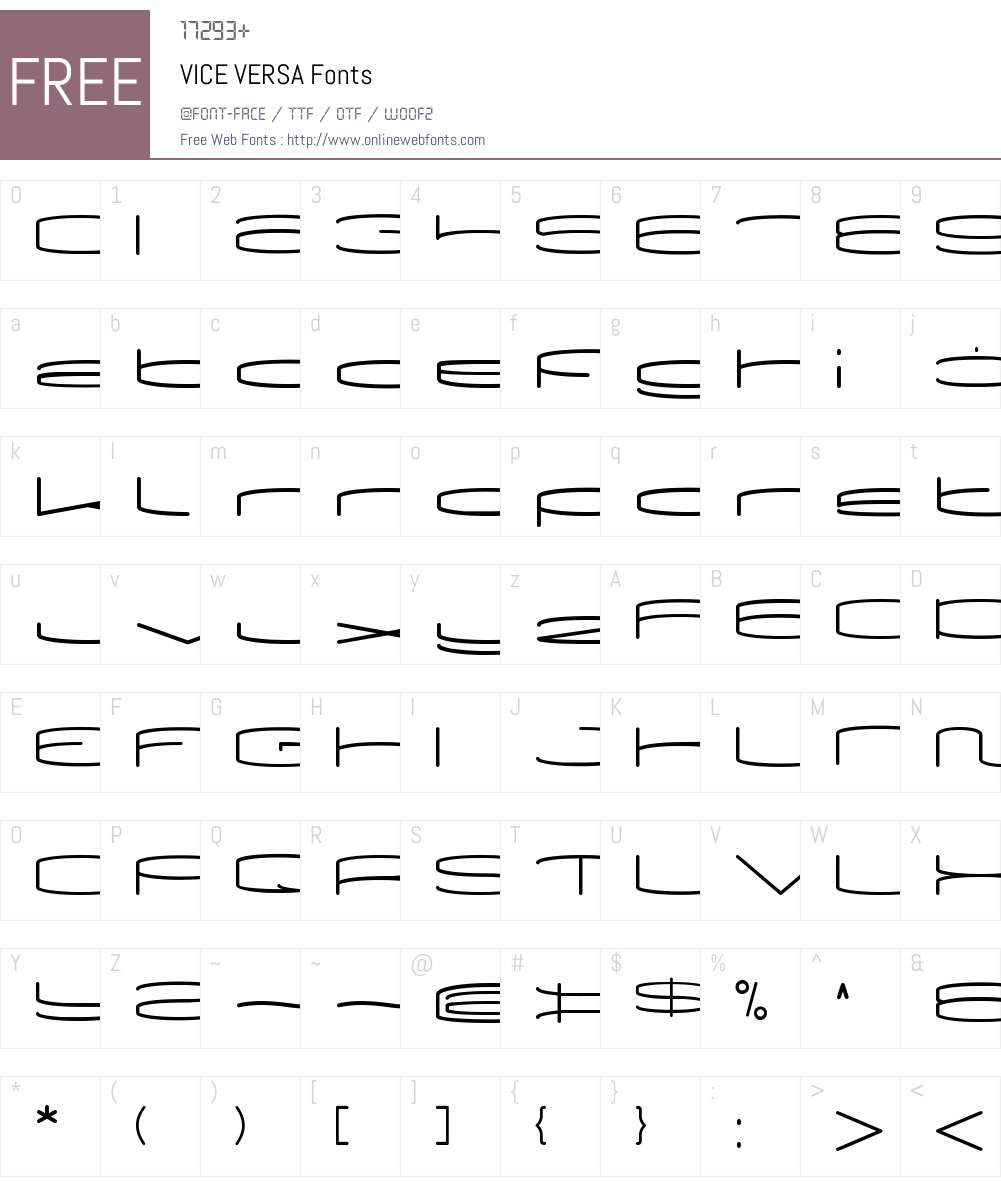
Meghan Overdeep, Southern Living, 24 Aug. 2023 Just a few weeks ago, Alabama conservationists celebrated the successful hatch of the first-ever green sea turtle nest in the history of Dauphin Island. Or VAIS VURSA.Noun Thoughtful touches abound, like a rear window that can be opened without opening the hatch and a net to keep parcels contained in the back of the wagon. So you get: VEE-ZUH-VEE and VYS VURSA or VYSA VURSA. UR is most often used for the -er sound of versa. I think that works better than AH or AHY. More respelling systems use AI, Y, or even EYE for the long I sound. It may be the most accurate, but is also the least practicle for most purposes. IPA, of course, is different still and uses all kinds of exotic symbols that no normal person can read. So the direction “sounds” the same or dictates the same pronunciations as the MW and AH ones do. In the system used by the post, UH is used for the schwa sound, EE for the long E sound, and AHY for the long I sound. AH distinguishes them as if they are different sounds– which they are not– using u with the circumflex accent for versa, but the upside-down e symbol for vis-a. Notice the 2 you cite differ on the schwa sound: MW uses the inverted e for the schwa of the a in vis-a-vis and the vowel of the er sound in versa. They are forms of English-respelling systems which do not use symbols like the inverted lower-case e for the schwa sound or the barred e for a long e sound, but rely only on regular alphabetic characters. They are simply different systems of notation from the 2 different dictionary creations you chose. The important thing is not to say vice versa when what you mean is vis-à-vis–and vice versa. As a blogger named ClarE has pointed out, if we want to get picky, maybe we should reject both English efforts and try to pronounce it like classical Latin. Merriam-Webster puts the four-syllable pronunciation first. The OED puts the three-syllable pronunciation first, but acknowledges the four-syllable pronunciation as an alternate. Some bloggers ridicule speakers who pronounce vice versa with four syllables, but they are mean-spirited and uninformed.

…the constellations do shift, so that what you see during the summer is overhead during the day in the winter and vice versa. …the constellations do shift, so that what you see during the summer is overhead during the day in the winter and vice versa, the constellations you saw in winter, are overhead in the summer.

It can be used with or without a restatement of the previous item: The other expression, vice versa or, came into English directly from Latin from a word meaning “turn.” It’s used as an adverb meaning “with a reversal or transposition of the main items in the statement just made.” The citizens had called the meeting vis-à-vis a proposed redistricting.Īs an adverb, vis-à-vis means “opposite, so as to face each other.” Example: On the mantelpiece the actor’s two Oscars stood vis-à-vis. Example: Reggie’s first vis-a-vis with the new commander left him shaking.Īs a preposition, vis-à-vis can be used to mean literally “face to face with,” or in the sense of “in relation to”:Īt the town meeting, a farmer sat vis-à-vis the Mayor. Example: At the international conference of editors, my Russian vis-a-vis was a short, chubby man with a cheerful countenance and a ready laugh.ģ.

Example: At the table, my vis-a-vis was a woman dressed all in black and wearing a veil.Ģ. a person or a thing situated opposite another. The only thing the two expressions have in common is that they alliterate.Įnglish vis-a-vis is from French vis-à-vis, “face to face.” It can be used as noun, preposition, or adverb.ġ. I think the principal intended to say, “the more parent visitors we have, the more they trust us and vice versa.” The more parent visitors we have, the more they trust us and vis-à-vis. The following quotation appeared in a newspaper article about a school where parents are encouraged to visit their children’s classroom:


 0 kommentar(er)
0 kommentar(er)
